In China, people gave more importance to nature and made it an intrinsic part of their lives, and it has been a part of everything from art to medicine to the nitty-gritty of daily life. Nature was considered to be an amalgamation of complex elements that continuously interact with each other and also change constantly. Special features were assigned to different aspects of nature, portraying their essence and defining their essential qualities.
The interaction of the different elements in nature created a link between various systems that held more importance than what constituted them. The tradition of giving importance to nature’s relationships works up a philosophy which impacts Chinese Medicine. This philosophy is what sets apart Chinese medicine from Western Medicine.
Disease results when there is a disruption of Qi, pronounced as “chi”, an imbalance in the forces of Yin and Yang. Classical Chinese Acupuncture brings about a regulation and balance in the flow of Qi and the forces of Yin and Yang.
What is the Five Element Theory?
The Five Element Theory is a system of thought deeply inculcated in Chinese Medicine that has shown a steady growth and evolvement over the last 2000 years. Five Element Acupuncture is all about associations and the connections that bind things together due to the similarities.
Underlying all natural phenomena is the belief in inherent consistencies. A simplistic view of innate consistencies hailing from a Western point of view would be that all organic matter is majorly constituted of carbon.
In the West, a scientific theory is all about viewing the inherent consistencies. On the other hand, the East could be viewing seasonality as a relationship of time. The relationship must cater to supporting our habitat. The simple way of portraying this idea is through the seasons. In order to enjoy winter, we must have the resplendence of spring followed by maturation in summer and then harvest in the fall. It maintains a specific sequence which cannot be disturbed at any cost.
Five Element Cycles, Relationships and Interactions
Within the five element theory, there are four pivotal relationships or ways in which the elements intermingle. The first among these is the generating sheng or mother-child cycle. This cycle represents the ways in which each element, working as a mother, proliferates the following child element.
Some of the examples of this cycle are the Wood element which provides the generative force for Fire; Fire again provides the generative force for Earth and so on. This relationship provides the base for understanding the five-element theory and hence how and where imbalances may occur.
If Earth, for example, is impacted upon negatively stemming from a poor diet and fatigue, you will notice that the substitute nourishment is requested from the Fire element to nourish the former. Additionally, if Earth is further weakened the Metal element may also be affected.
From the medical point of view, you may notice that people suffer from digestive issues from irregular eating, or from stress and too much work, which leads to increase in the dampness, which then further affects the Metal element. This leads to a combination of bloating, gas and poor energy with the development of Metal (Lung) symptoms like sinusitis or phlegm type of asthma.
The controlling grandparent-grandchild cycle offers a kind of check and balance system amongst all of the elements. Within this cycle, Earth is inextricably linked to Water and has a hold over it and Water is again controlled by Wood.
Mimicking one of these relationships within the body happens in case of anxiety (Fire) which is related to LV Qi Stagnation (Wood), where, with time, you begin to see more of Kidney (Water) related signs, as the Water element tries to subjugate the overactive Fire.
The hyperactive cycle (cheng) is an imbalance caused by the controlling cycle where the grandmother element exercises avid control over the grandchild and undermines the element. Within nature you will see Water dousing Fire, Earth soaking up Water and so on.
A clinical example of this relationship would be Liver (Wood) overacting on the Spleen (Earth). In this case, you have an overactive Wood element over controlling Earth, leading to disruptions in the digestive system.
The insulting cycle (wu) causes an imbalance within the purview of the controlling cycle, where the grandchild blocks or returns the controlling force generated by the grandmother. You can draw examples from nature where you will see Fire burning up Water and Water washing away Earth, so on and so forth.
Medically, you see that people affected by long-term psychological problems (Fire) ultimately affect the kidneys constituted by Water, this is seen more in people who have more Water or Dao Yin deficiencies.
Five Element Pathology and Clinical Applications
The five element pathology is used by Chinese practitioners in a clinical setting. There are Five Shu (transporting) Points listed below which represent the relationship of the theory to individual acupuncture points.
The nature and function of these organs is seen to forge a relationship to phenomena in nature and are divided with those phenomena according to the Five Elements.
- Liver-wood: The liver’s physical feature flourishes by orderly reaching. It bears resemblance to the sprouting of leaves in trees and in the season of spring. It corresponds to wood in Five Elements, so that the liver is ascribed to the characteristic of Wood.
- Heart-fire: The heart’s physiologic characteristic is that it governs the blood vessels. The function of the Qi is to propel the warmth and nourish the whole body. You can draw parallels in nature to the heat of summer when the whole of creation prospers. Summer co-relates to fire, and so the heart accredits to the quality of fire.
- Spleen-earth: The spleen’s attributes is that it presides over the movement and change of the very quintessential grain and water, which is what helps in the formation of Qi and blood. It is representative of the late summer and humid weather when people enjoy the peak season. Late summer is related to the earth and hence can be co-related to the spleen.
- Lung-metal: The physiologic characteristic of the lung is that it thrives by purity and governs down bearing. It is likened to the clear fresh air and purifying first frosts of autumn when nature is withdrawing into itself. For this reason, it is ascribed the attribute of metal.
- Kidney-water: The kidney has the physiologic function of keeping in reserve the essence of fluids. It is associated with the cold winters and this is why it is attributed to the kidney.
The basis of the physiopathologic relationships between the organs in relation to the Five Elements has some clinical validation, the current thought is that the physiologic activity corresponds to different organ forms and is part of the general physiologic activity of the entire body.
If anyone of the organ gets affected, chances are that under specific conditions, it affects some of the other organs as well.
Although this is backed by the Five Elements theory, what remains unexplained is the fact that the heart or lung may get affected, resulting in the flaming of heart fire or lung heat dry cough. Take another example, in the form of liver fire, it may invade not only the lung but also impact the stomach and then further affect the kidney.
This innate interlink among all the organs cannot be explained in terms of the alliance between the organs and their innate cycles. So to stick rigidly to the theory of Five Elements in this particular area would mean going against the objective reality.
As far as the disease and its prognosis are concerned, the factors and conditions are even more complex and are largely dependent on three things – the nature of the evil, the strength of right Qi, and also the treatment prescribed.
The affiliated relationships do not hold any importance as far as the patient’s health is concerned. What one has to do, is to check whatever fallacies of the theory of the four relationships of the Five Elements in their application to medicine. It must then be enunciated clearly for its application to be relevant and useful.

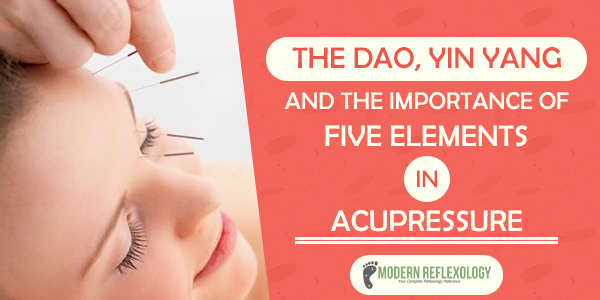
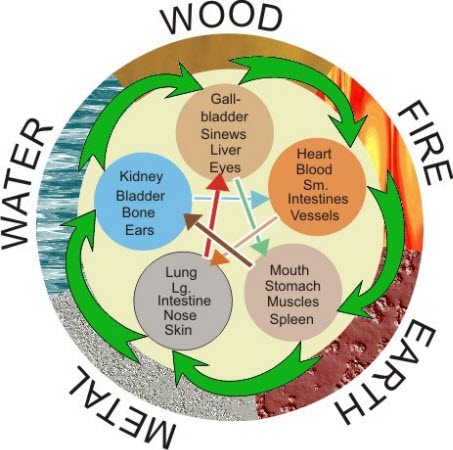
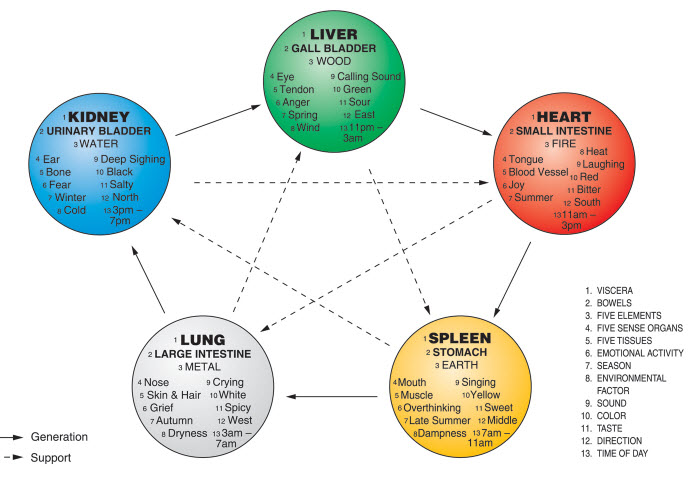
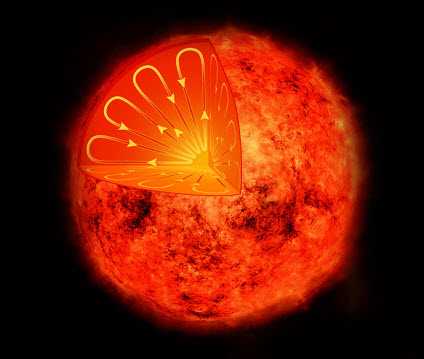
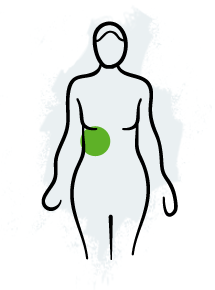
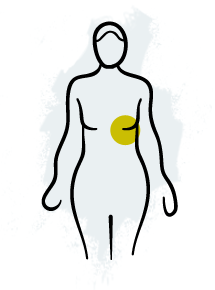
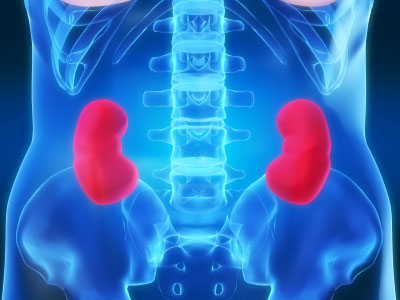
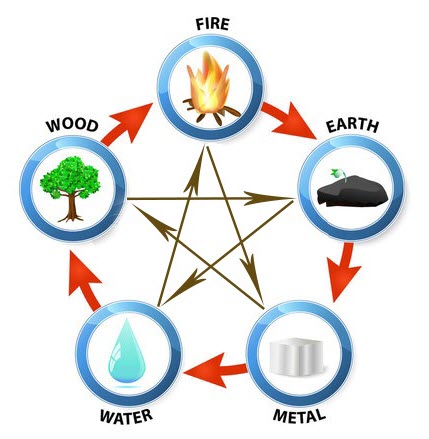
Comments are closed